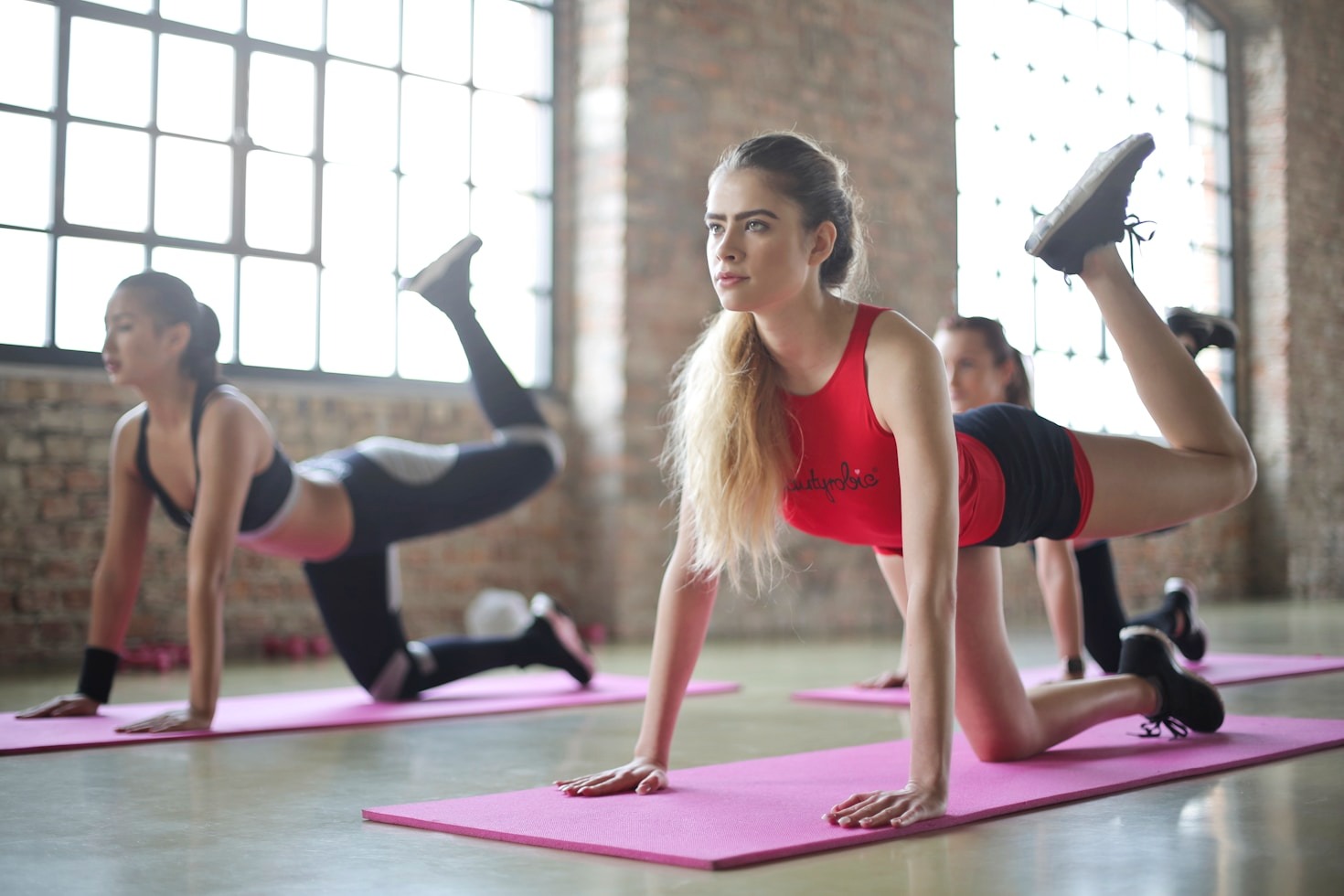Building a sustainable fitness routine can feel overwhelming, especially with all the fitness trends and quick-fix solutions out there. The key to long-term success is creating a routine that is not only effective but also enjoyable and adaptable to your lifestyle. Whether you’re a beginner or have been exercising for years, a well-balanced and sustainable fitness plan can help you stay motivated, reach your goals, and maintain a healthy lifestyle. Here’s how you can build a fitness routine that lasts:
1. Set Realistic Goals

The first step in building a sustainable fitness routine is setting clear, realistic goals. It’s easy to get excited about fitness and aim for ambitious goals, but it’s important to be mindful of your starting point. Set small, achievable goals that will keep you motivated and give you a sense of accomplishment as you progress.
Tip: Start with short-term goals (e.g., working out three times a week) and gradually increase the intensity or duration of your workouts as you become more consistent.
2. Find Activities You Enjoy
The best way to stick with a fitness routine is to choose activities you actually enjoy. If you don’t like running, don’t force yourself to run! Experiment with different forms of exercise to find what you love. Whether it’s yoga, dancing, swimming, cycling, or weight training, the more enjoyable your workouts are, the more likely you are to stick with them.
- Tip: Incorporate a variety of activities into your routine to keep things exciting. For example, alternate between cardio, strength training, and flexibility exercises.
3. Start Slowly and Progress Gradually
It’s tempting to jump right into an intense fitness plan, but that can lead to burnout or injury. Start with manageable workouts and progressively increase the intensity, duration, or frequency as your fitness level improves. This will help your body adapt to the new demands and reduce the risk of overexertion.
- Tip: If you’re new to exercising, aim for 20-30 minute sessions three times a week, and gradually increase the length and frequency as you get stronger.
4. Create a Balanced Routine
A well-rounded fitness routine should include a mix of cardiovascular exercise, strength training, and flexibility work. Cardiovascular exercises, such as running or cycling, are great for improving endurance, while strength training helps build muscle and boost metabolism. Flexibility exercises, such as yoga or stretching, promote mobility and prevent injury.
- Tip: Aim for at least 2-3 days of strength training, 2-3 days of cardio, and 1-2 days of flexibility or mobility exercises each week.
5. Listen to Your Body
Your body will give you signs when it needs rest. Overtraining can lead to injury and burnout, so it’s crucial to listen to your body and take rest days when needed. Make sure to incorporate recovery time into your routine to allow your muscles and joints to heal.
- Tip: If you feel any pain or discomfort during a workout, stop immediately and rest. Include active recovery days with light activities like walking, stretching, or yoga.
6. Be Consistent, Not Perfect
Building a sustainable fitness routine is about consistency, not perfection. It’s okay if you miss a workout or need to take a break. The key is to get back on track and not be too hard on yourself. Life can get busy, but staying consistent with your routine will yield long-term results.
- Tip: Try to make exercise a regular part of your day. Set specific days and times to work out, and treat it like any other appointment.
7. Track Your Progress
Tracking your progress can help you stay motivated and see how far you’ve come. You can track your fitness progress by recording your workouts, measuring your physical achievements (e.g., increased strength, faster running time), or tracking how you feel physically and mentally.
- Tip: Keep a fitness journal or use a fitness app to monitor your goals, workouts, and improvements over time.
8. Prioritize Recovery
Recovery is just as important as the workout itself. Giving your muscles and joints time to recover helps prevent injuries and allows for muscle growth. This includes getting adequate sleep, staying hydrated, and using recovery techniques like foam rolling or stretching.
- Tip: Try incorporating relaxation techniques such as meditation or deep breathing into your recovery routine to reduce stress and promote overall well-being.
9. Stay Accountable
One of the best ways to stay committed to your fitness routine is to have someone to hold you accountable. Whether it’s a workout buddy, a fitness coach, or a social media fitness group, having support and encouragement can make a huge difference in staying on track.
- Tip: Consider joining a fitness class, hiring a personal trainer, or sharing your progress with friends and family to stay motivated.
10. Adapt as You Go
Life can be unpredictable, and sometimes your fitness routine may need to adapt to changes in your schedule, health, or fitness level. Be flexible with your routine and make adjustments as needed. The goal is to make fitness a sustainable part of your lifestyle, so don’t be afraid to tweak things to suit your needs.
- Tip: If you’re traveling or have a busy week ahead, opt for a home workout or a shorter session to stay consistent without feeling stressed.
Conclusion: Building a Routine That Lasts
Building a sustainable fitness routine is about finding a balance between challenge and enjoyment, consistency and rest, and pushing yourself without overdoing it. By following these tips and creating a routine that fits into your lifestyle, you’ll not only see improvements in your fitness but also enjoy the process. Remember, fitness is a journey, not a destination, so take it one step at a time and stay committed to your long-term goals.



